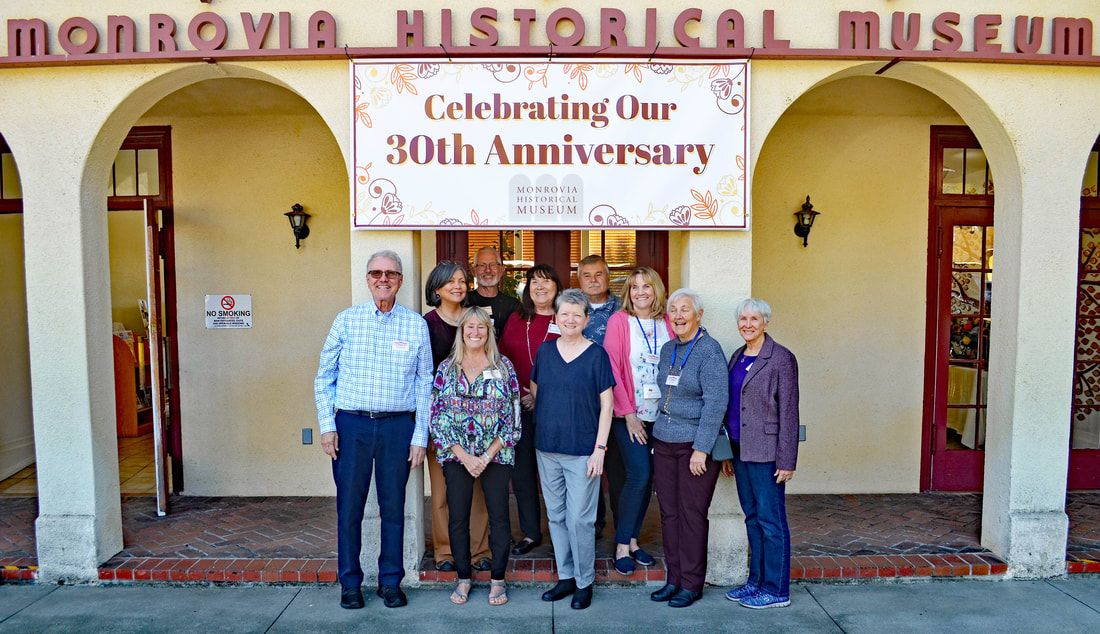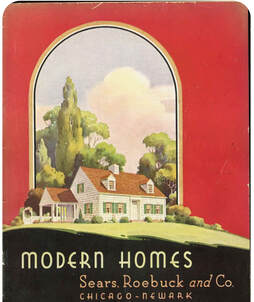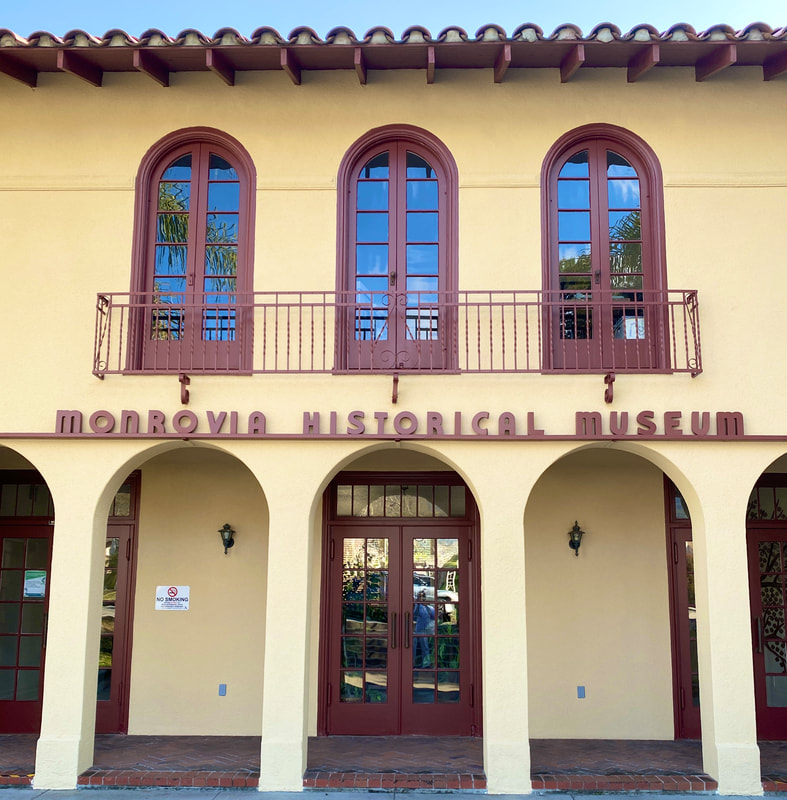Ruzika Lighting Illuminates the Museum!
We're not done yet, but things are looking brighter at the museum, thanks to Tom Ruzika of Ruzika Lighting. In a recent upgrade, Tom has transformed the museum's ambiance, shedding new light on exhibits and artifacts. The enhanced lighting not only illuminates the displays but also provides visitors with a fresh perspective, allowing them to see the rich history and cultural treasures in a whole new light. The museum is now more vibrant and inviting, creating an immersive experience that captivates and delights all who explore its treasures!
We're not done yet, but things are looking brighter at the museum, thanks to Tom Ruzika of Ruzika Lighting. In a recent upgrade, Tom has transformed the museum's ambiance, shedding new light on exhibits and artifacts. The enhanced lighting not only illuminates the displays but also provides visitors with a fresh perspective, allowing them to see the rich history and cultural treasures in a whole new light. The museum is now more vibrant and inviting, creating an immersive experience that captivates and delights all who explore its treasures!




 RSS Feed
RSS Feed